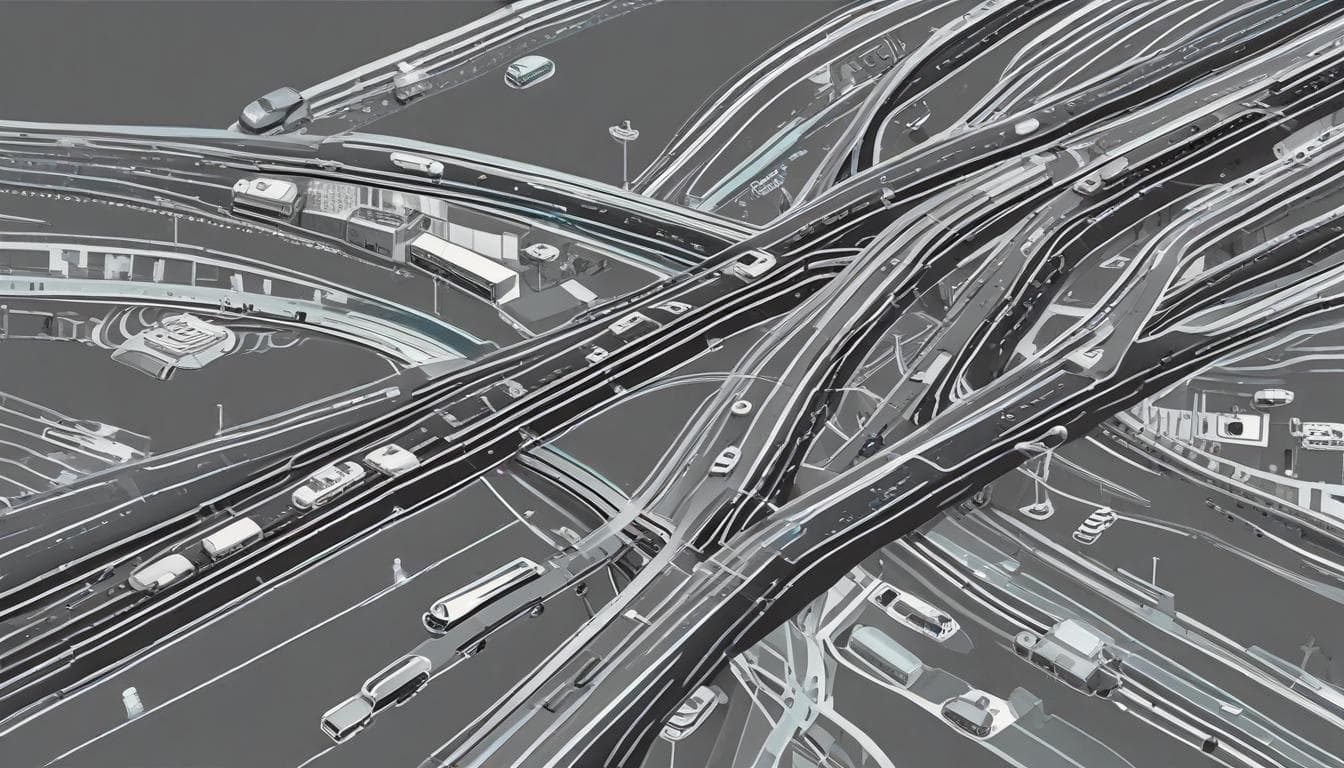Mobility-as-a-Service (MaaS) is transforming the automotive landscape, offering a new paradigm for transportation that moves beyond personal car ownership. It integrates various forms of transportation, such as public transit, ride-hailing, bike-sharing, and car-sharing, into a single, accessible platform. This interconnected mobility ecosystem promises a more efficient, sustainable, and convenient transportation experience for individuals and communities.
The Rise of MaaS: Reshaping the Automotive Industry
MaaS represents a fundamental shift in how we perceive and utilize transportation. Instead of owning a car, individuals can access a diverse range of mobility options through a unified platform, often accessed via a smartphone app. This shift is driven by several factors, including urbanization, growing environmental concerns, and the desire for greater flexibility and cost-effectiveness in transportation. This aligns with broader efforts towards driving sustainability in the automotive industry.
The Evolution of Transportation: From Ownership to Access
Historically, personal car ownership has been the dominant mode of transportation. However, the costs associated with owning a car, including insurance, maintenance, and parking, are substantial. MaaS offers a compelling alternative by providing access to transportation services on demand, eliminating the burdens of ownership and offering greater flexibility, mirroring trends seen in the rise of car subscriptions. This is particularly relevant in the context of the rise of "Anything as a Service" (XaaS) in the automotive industry.

The Benefits of MaaS for Consumers and Businesses
MaaS offers a multitude of benefits for both consumers and businesses. Consumers gain access to a wider range of transportation options, often at a lower cost than owning a car. Businesses can leverage MaaS platforms to optimize their logistics, reduce transportation costs, and improve their overall efficiency.

The Technology Behind MaaS: Enabling Seamless Integration
MaaS is powered by a complex interplay of technologies, including serverless computing, data analytics, and the Internet of Things (IoT). These technologies enable seamless integration of different transportation modes, real-time data analysis for optimized routing, and personalized user experiences. The integration of IoT is especially significant, as highlighted in the convergence of EVs and IoT transforming the automotive landscape.
The Role of Data and Analytics in Optimizing MaaS
Data and analytics are essential for optimizing MaaS platforms. By analyzing real-time data on traffic patterns, user demand, and transportation availability, MaaS providers can dynamically adjust pricing, optimize routes, and ensure efficient allocation of resources, leveraging the power of AI in automotive.

The Importance of Connectivity and Integration
Seamless connectivity and integration are crucial for the success of MaaS. This includes integration with existing public transportation systems, real-time communication between users and providers, and secure payment processing.

Challenges and Opportunities for MaaS
Despite its transformative potential, MaaS faces several challenges. These include data privacy concerns, regulatory hurdles, and the need for robust cybersecurity measures. Overcoming these challenges will be essential for the widespread adoption of MaaS.
Data Privacy and Security in the MaaS Ecosystem
As MaaS platforms collect vast amounts of user data, ensuring data privacy and security is paramount. Robust data encryption, secure storage, and transparent data usage policies are crucial for building user trust and protecting connected vehicles from emerging threats.

Regulatory Frameworks and Policy Considerations
The regulatory landscape for MaaS is still evolving. Clear regulatory frameworks and policies are needed to address issues such as liability, data sharing, and consumer protection.

The Future of MaaS: Transforming Urban Mobility
MaaS has the potential to revolutionize urban mobility, creating more efficient, sustainable, and equitable transportation systems, potentially integrating with the dawn of autonomous fleets for enhanced efficiency. As technology continues to evolve and regulatory frameworks mature, MaaS is poised to become an increasingly integral part of the future of transportation. The shift towards MaaS is also closely linked to the impact of sustainable practices on the automotive industry.
In conclusion, MaaS is not merely a trend; it's a paradigm shift in transportation. By embracing this new model, we can create more sustainable, efficient, and accessible transportation systems for the future. The transition to MaaS requires collaboration between governments, businesses, and individuals to address the challenges and unlock the full potential of this transformative technology. We encourage readers to explore MaaS options in their cities and contribute to the ongoing dialogue about the future of transportation.






